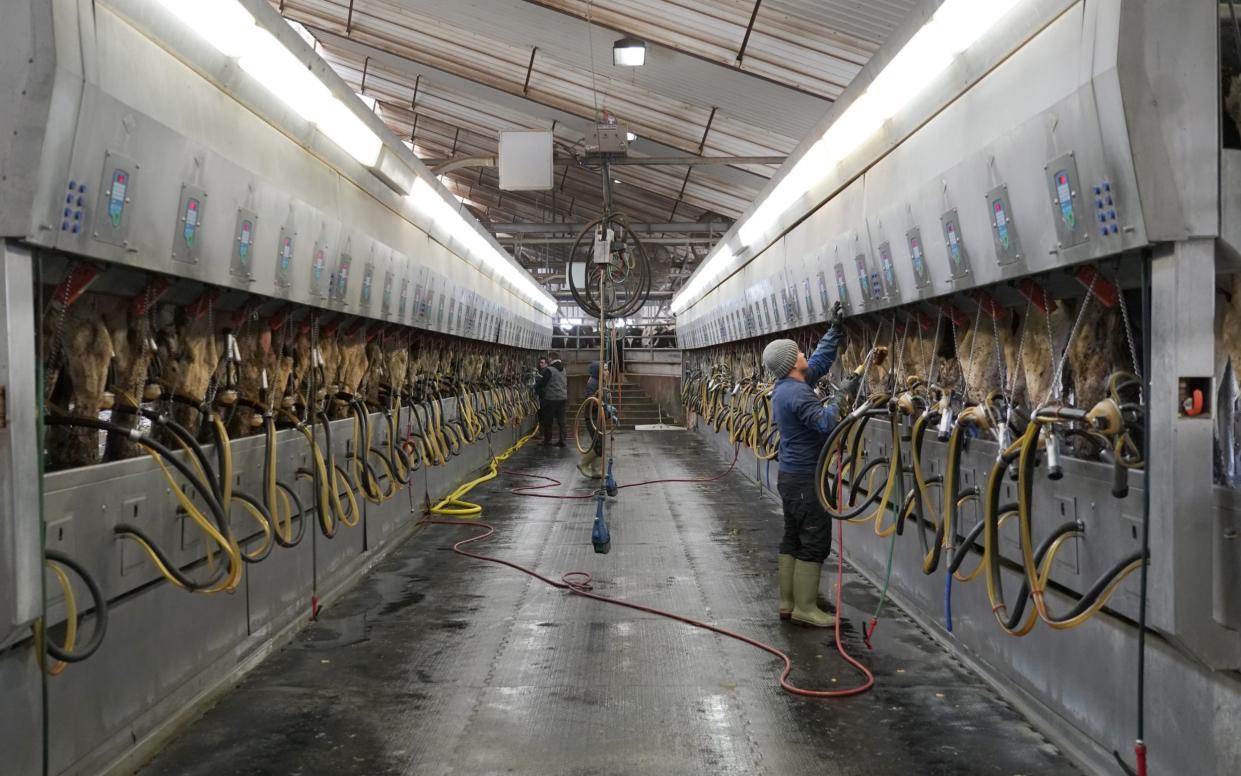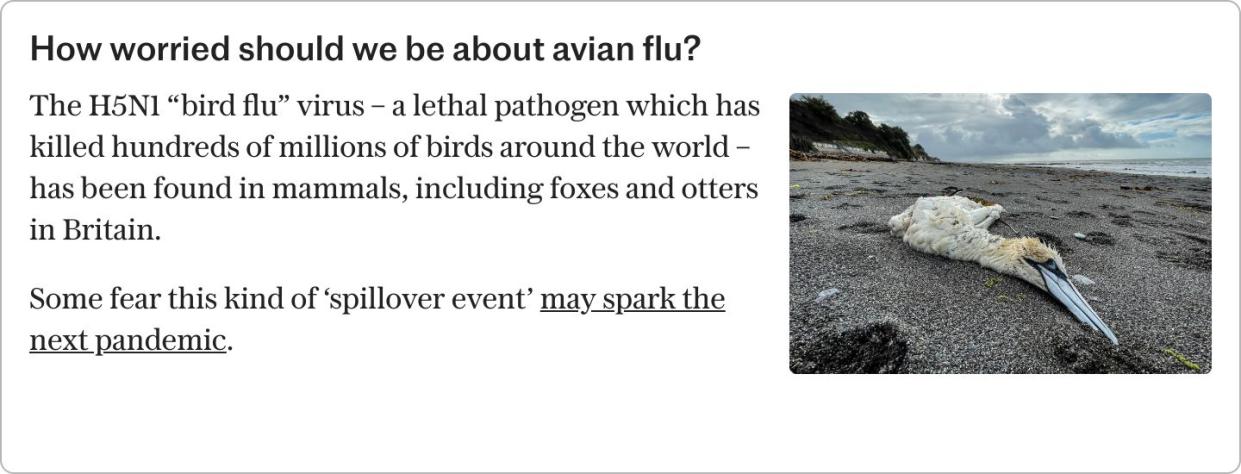US to test dairy products including ice cream and butter for H5N1 bird flu virus

US authorities have begun a new round of testing to check for traces of the H5N1 bird flu virus in supermarket products including ice cream, butter, and cream cheese.
The Food and Drug Administration (FDA) is set to survey 155 products sold in stores across America to check for the highly pathogenic H5N1 virus, which continues to spread through the country’s dairy cattle herds.
The virus has so far spread to 131 cattle herds in 12 US states, and has infected at least three dairy workers since it was first detected in March this year.
Mice, cats, possums and other farm yard mammals have also been infected.
Samples will be collected from products sold in stores – likely from large chains like Walmart, Trader Joe’s, and Krogers – across the country, including from states where the FDA have not yet conducted surveillance, the agency said.

If any samples test positive for the virus, further testing will be conducted to determine whether the virus is “alive” and capable of causing an infection in humans.
Fragments of bird flu virus have already been detected in roughly one in five commercial milk samples, although it is thought that the pasteurisation process, where dairy products are heated to kill off pathogens, kills the virus.
The FDA and Centre for Disease Control (CDC) have strongly advised the public not to consume unpasteurised dairy products for fear that, if indigested, humans could become infected.
The CDC has said it is “highly likely” that the 24 cats who contracted H5N1 at a farm in Texas in March did so by consuming raw milk. Of those, half died and the others suffered from severe illness, including blindness, neurological disorders, bloody diarrhoea, and difficulty breathing.
Despite the warnings, around three per cent of the US public – some 10 million people – continue to consume raw dairy, many of which think it is a ‘superfood’, according to the National Institutes of Health, the US government’s primary public health research body.

Experts think it is likely that many human cases of H5N1 have gone undetected due to a lack of effective surveillance – although there is no evidence of the virus spreading person to person.
This week, the CDC announced it would begin serological studies in dairy workers in Michigan, the state responsible for two of the human cases so far this year.
The test is designed to detect if a person has previously been infected with H5N1, and will help public health officials understand if any asymptotic cases have gone unrecorded.
So far, more than 690 people exposed to sick cattle have been monitored, and at least 51 with flu like symptoms have been tested – but the number of human infections related to H5N1 outbreaks in dairy cows remains at three.
Protect yourself and your family by learning more about Global Health Security


